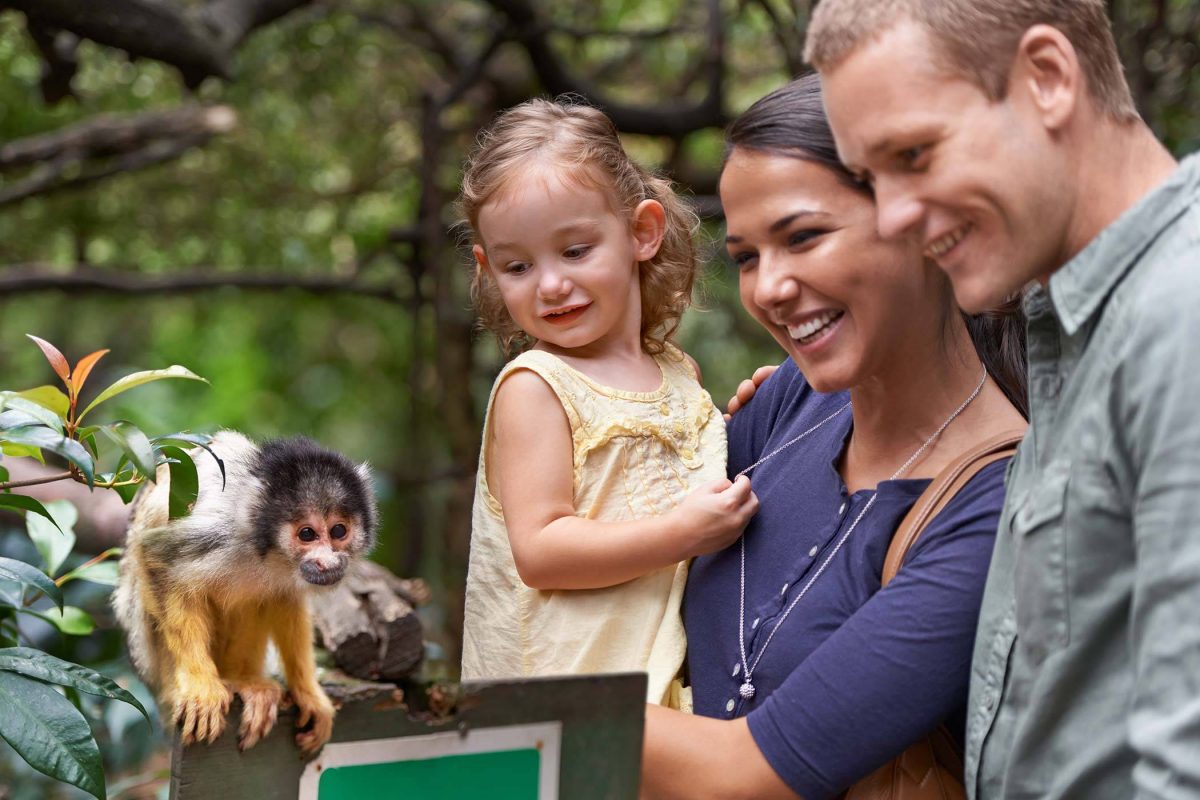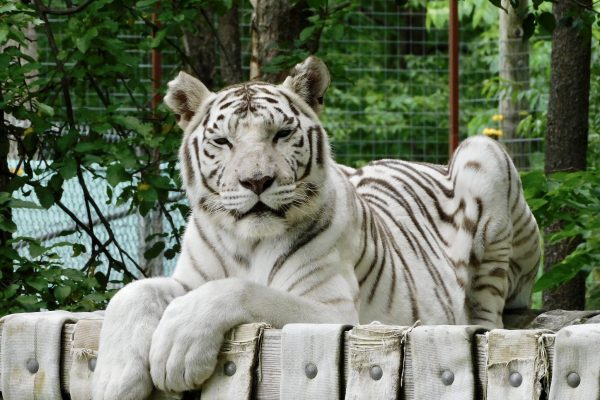
There are many ways to care for animals, both wild and domesticated. Every facility that provides care to animals has its own unique approach, but there are differences between them. Some facilities are able to give animals a high-quality life, while others don’t. It’s important to understand the differences and similarities.
What Is A Zoo?
There are both negatives and positives to many zoos. Usually zoos can be a positive first experience for a child to experience seeing an animal up close they wouldn’t usually be able to interact with.
Some zoos also have programs where they rescue injured or sick animals, nursing them back to health and safely re-releasing them into their natural habitats.
It is important to note the difference between reputable, accredited zoos and so-called “roadside zoos”. Most accredited zoos operate as collections of wild animals with a focus on caring for animals to educate the general public.
Some animal welfare advocates report the differences between an accredited zoo and roadside zoos. In the United States, the Association of Zoos and Aquariums will accredit those facilities that mean their standards in:
- Animal health and safety procedures
- Guest services
- Recordkeeping
If you do choose to visit a zoo, be sure to do some research and make sure they are accredited!
Reputable Zoos To Visit
Locally, we’re fortunate to collaborate and partner with several accredited zoos within the state of Indiana:
The Dangers of Roadside Zoos
The main difference between unaccredited roadside zoos and animal sanctuaries is how animals come to be in their care. These zoos often breed, buy, sell, trade, or even capture animals from their natural habitats.
Animals at these unsafe, non accredited zoos are often at risk for overbreeding, which can lead to overcrowded zoo spaces, with animals being sold to other zoos and circuses without as much thought to each animal’s best interests.
Zoos like this are often overcrowded, not allowing large wild animals to have the space they need to run or hunt in their natural habitats. According to UK-based Freedom For Animals, lions and tigers can have up to 18,000 times less space in an unqualified zoo than they would have in the wild or in an accredited zoo.
How Animal Sanctuaries Are Different
While both roadside zoos and animal sanctuaries do confine wild animals, the main difference is that sanctuaries do not breed, buy, sell, or trade animals. Sanctuaries like Black Pine Animal Sanctuary do not capture animals from the wild. Instead, we take care of animals that can no longer survive in their natural habitats.
The animals that live at sanctuaries like ours have found a forever home with us. They have been surrendered or confiscated by legal authorities and will stay at Black Pine peacefully for the rest of their lives.
Animals at our sanctuary are not forced on display for visitors. They have the option to be indoors, outdoors, visible, or hidden. The priority is always given to the animals’ safety, health and comfort.
The animals at sanctuaries like ours are often rescued from inhumane captive situations. Tigers and other large cats are often kept in cages in someone’s basement or in filthy unlicensed roadside “zoos”. These animals need help and healing and to have the security of living the rest of their lives in a safe environment close to their natural habitat.
Plan A Visit To Black Pine Animal Sanctuary
We’re the forever home of over 100 exotic and wild animals and are accredited by the Global Federation of Animal Sanctuaries. Our sanctuary has over a half mile of paved trails winding through a wooded area with a variety of habitats for foxes, tigers, wolves, bobcats, leopards, and bears.
We also have indoor habitats created to house reptiles, primates, and birds. We are open for staff-guided tours of the sanctuary May 8 – October (weather permitting) Thursday – Sunday.
Plan Your Visit
How You Can Help
If you’d like to help Black Pine Animal Sanctuary continue our work of rescuing and caring for exotic animals, click here for more information.






